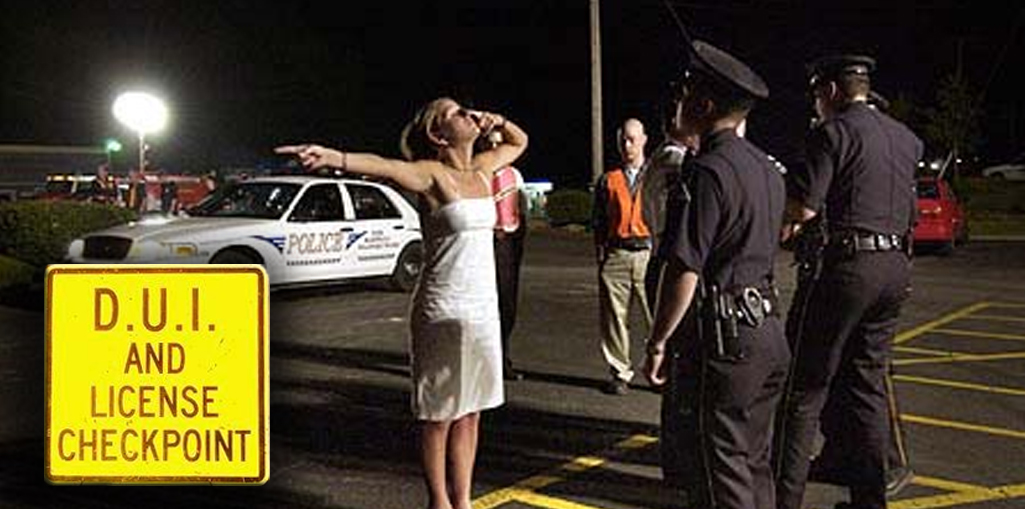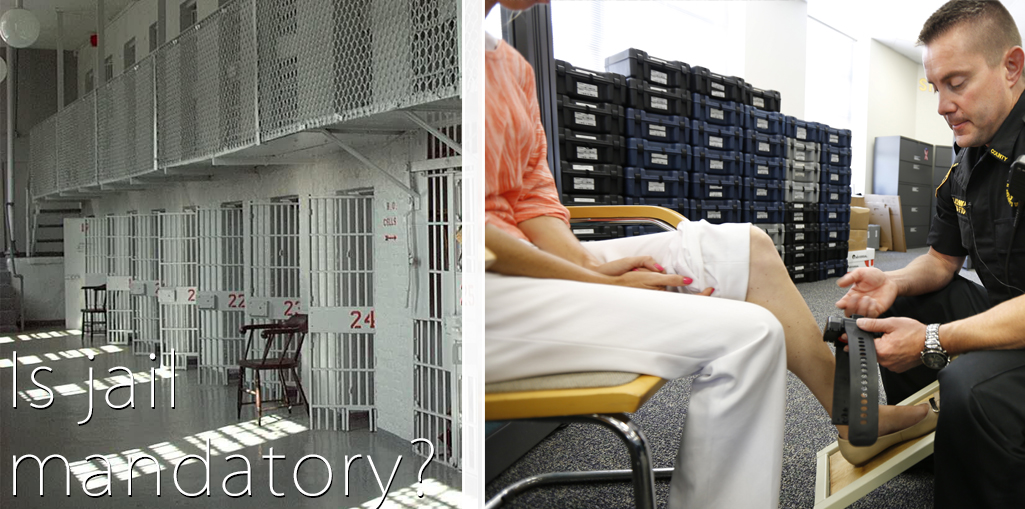The DA has the right to charge a DUI where injury is claimed, with either a felony or a misdemeanor. What makes it a felony charge or a less severe misdemeanor is the extent of the injury suffered by the victim. Sometimes it’s obvious that a case is a felony. A clear example of this is a DUI driver who runs a red light and injures another driver, cutting off his leg in the collision. The law is clear that, if as a result of a DUI, there’s a collision that is the fault of the DUI driver and there is injury caused by the DUI driver then the DUI driver could e charged with a DUI With Injury (CVC 23153).
The issue of fault is really important because if, for example, a DUI driver is stopped at a stop sign and another driver rear ends him and is injured, the DUI driver can’t be charged with DUI With Injury because the fact he was DUI has nothing to do with the injury.
I recently tried a case with a DUI driver who had a .33 blood alcohol level, who rear ended another driver on the freeway. There was no doubt who was a fault. But, the driver who was hit claimed soft tissue injury. She treated at a chiropractor who she was referred to by her lawyer. The DA bought the “victim’s” story that she was injured and charged my client with a misdemeanor DUI With Injury. I wouldn’t accept the idea that she was guilty of a DUI With Injury and offered to plead her to a straight DUI. We want to trial. There was only one issue; did my client, who was obviously DUI, cause this “victim” injury?
 Orange County Criminal Defense Lawyer Blog
Orange County Criminal Defense Lawyer Blog


 No more DUIs? No more car accidents? No more driving on a suspended license? No more rites of passage like getting your drivers license at 16? You mean the DMV doesn’t exist? Well yes, there could be lots of benefits to the concept car coming out. What concept car you ask?
No more DUIs? No more car accidents? No more driving on a suspended license? No more rites of passage like getting your drivers license at 16? You mean the DMV doesn’t exist? Well yes, there could be lots of benefits to the concept car coming out. What concept car you ask? 
